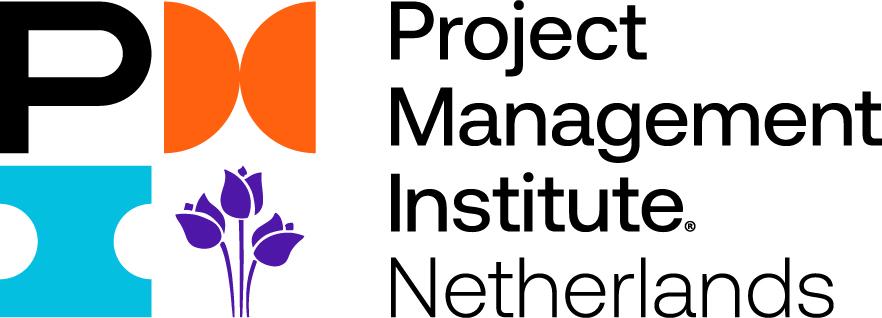May 20 2020 at 05:00PM
Airbus A380. The downfall of a doomed product
Start with the why
Just like famous author and motivational speaker Simon Sinek writes in his book, start with the why. Why was the development and production of an Ultra High Capacity Airliner (UHCA) needed? Was Airbus A380 an innovative product that could challenge the air travel industry? The first studies date back from the late 1980s and were joined by both Boeing and Airbus. The former dropped out after a few preliminary meetings due to sound differences in their vision of aviation industry. On one hand, Airbus was betting on the spoke-hub model in which traffic planners organize routes as series of "spokes" that connect outlying points to a central "hub". On the other, Boeing believed that the future would follow the point to point model which emphasizes flying between two cities directly regardless of their size. The fewer routes required in the hub and spoke requires also bigger planes. Even though both models are used by airliners for transporting passengers from one point to another, the growth in the spoke hub model that Airbus was expecting did not occur. Every assumption is a risk, and this is no different.
Back to the drawing board
The Airbus A380 project launched in 2000 with a budget of 9,5 billion euros. The first prototype was released in 2005. However, serious issues with the electrical wiring were found. By then the project cost had skyrocketed to 18 billion euros. The delivery of the first commercial unit was delayed up to three times. In June 2005 a delay of 6 months was announced and then again in June 2006. Finally, the first A380 was dispatched in October 2007. The Program Manager and Airbus CEO made a good scapegoat and got fired. Tom Enders, the incoming Airbus CEO, said in 2019: "If you have a product that nobody wants anymore, or you can sell only below production cost, you have to stop it". A thorough and continuous analysis of the market trends along with other environmental factors (in this case, mostly politics) could have provided a landscape in which threats could have been turned into opportunities, and weaknesses intro strengths...but during an earlier phase, in the drawing board.
Future is uncertain
Just like the Concorde stopped flying in 2003 despite being a profitable business, Airbus A380 could perhaps be retrofitted and get a second life in the future. If this is the case, it will be best to take a good look at the assumptions and ask WHY.



